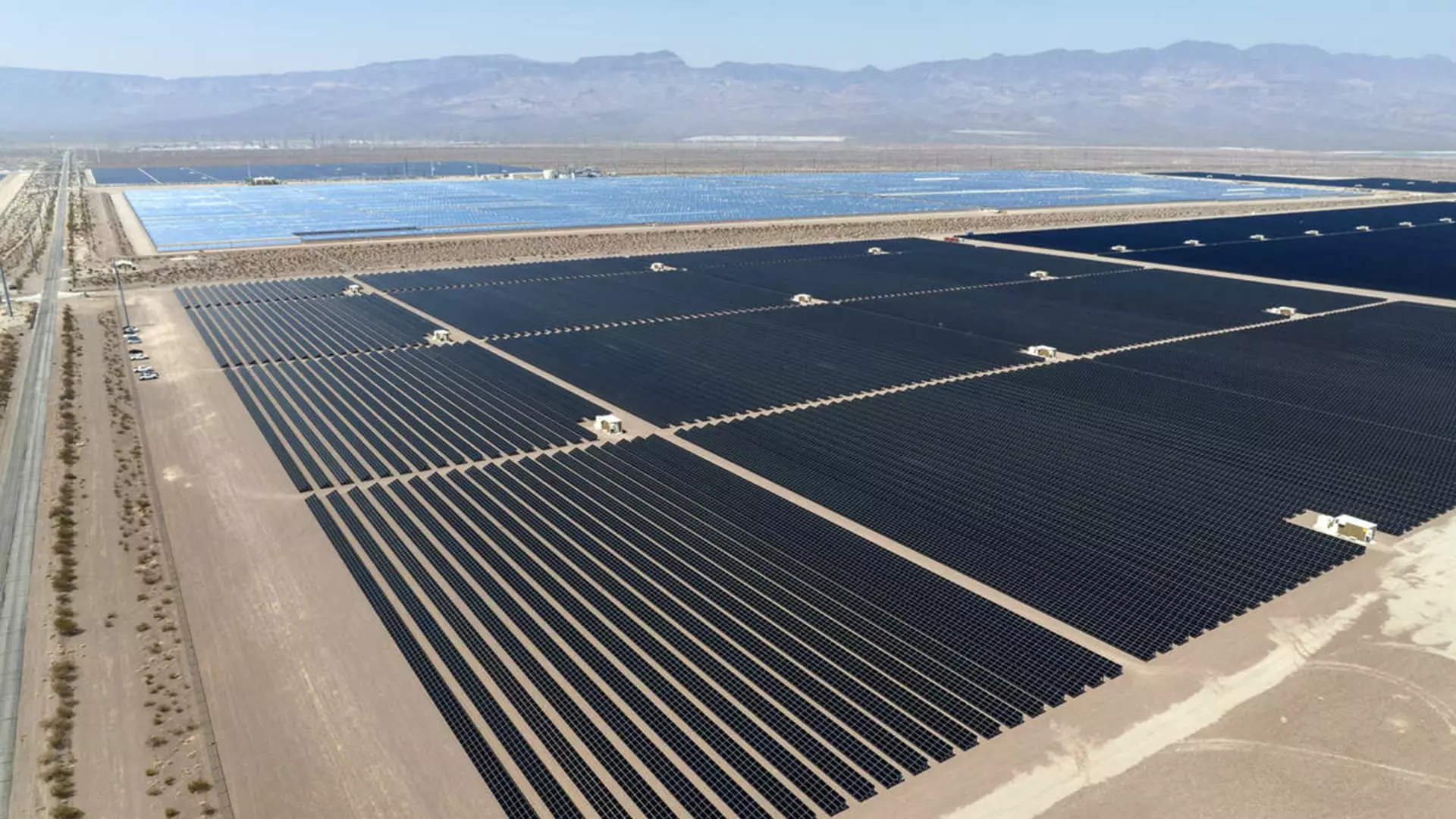In the early hours following Donald Trump’s electoral victory, a notable trend emerged within the stock market, particularly in the renewable energy sector. Solar stocks plummeted as investors reacted to the implications of Trump’s impending second term and its potential threat to the Inflation Reduction Act (IRA). This act, a pillar of current U.S. clean energy policy, has been instrumental in driving investments and initiatives aimed at expanding solar energy adoption across the country. The anticipated political shift brought anxiety regarding the sustainability of these progressive policies, leading to a dramatic decline in stock valuations.
The IRA, enacted under President Biden’s administration, was designed to incentivize green energy investments, providing essential tax credits that have significantly bolstered the solar energy market. Investors see it as a vital catalyst for the clean energy boom, particularly amidst growing global concerns about climate change and the need for sustainable solutions. Trump’s campaign rhetoric categorizing the IRA as the “Socialist Green New Deal” raises alarms about the potential rollback of these benefits, which could reverse years of progress in the solar sector. Should he indeed push for the termination of such initiatives, the negative fallout for the industry could be profound.
The immediate response of the market was telling. An alarming drop in the Invesco Solar ETF by over 9% and significant declines in individual solar firms such as First Solar, which dropped 12%, illustrates investors’ fear for the future. Companies like Sunrun and Sunnova saw even steeper decreases, with stocks falling 15% and 20%, respectively. These figures not only reflect the volatility of the renewable energy market in the face of political uncertainty but also echo broader concerns regarding governmental support for green initiatives.
The landscape going forward will be influenced not only by Trump’s presidency but also by the composition of Congress. As we reflect on the implications of these electoral outcomes, it’s important to recognize that the IRA’s future may hinge on the balance of power in Congress. The fight for the vital swing states, termed the “Blue Wall,” indicates that while Trump has made inroads in traditionally Democratic regions—like his notable win in Wisconsin—the broader electoral reality will shape policy-making.
As the landscape of U.S. energy policy hangs in the balance, stakeholders in the renewable sector must brace for potential disruptions. With a second Trump term, discussions surrounding energy policy could be pivotal. The challenge will not only be to navigate the immediate market fluctuations but to strategize for long-term sustainability in an environment that may be increasingly hostile to renewable energy incentives. For investors, the looming question is whether the market can rebound or adapt in the face of political change, emphasizing the importance of remaining attuned to the evolving dynamics of U.S. energy policy amid these historical shifts. As the next chapter unfolds, the resilience and adaptability of the solar industry will be tested, making this a crucial moment in the ongoing transition to sustainable energy.

